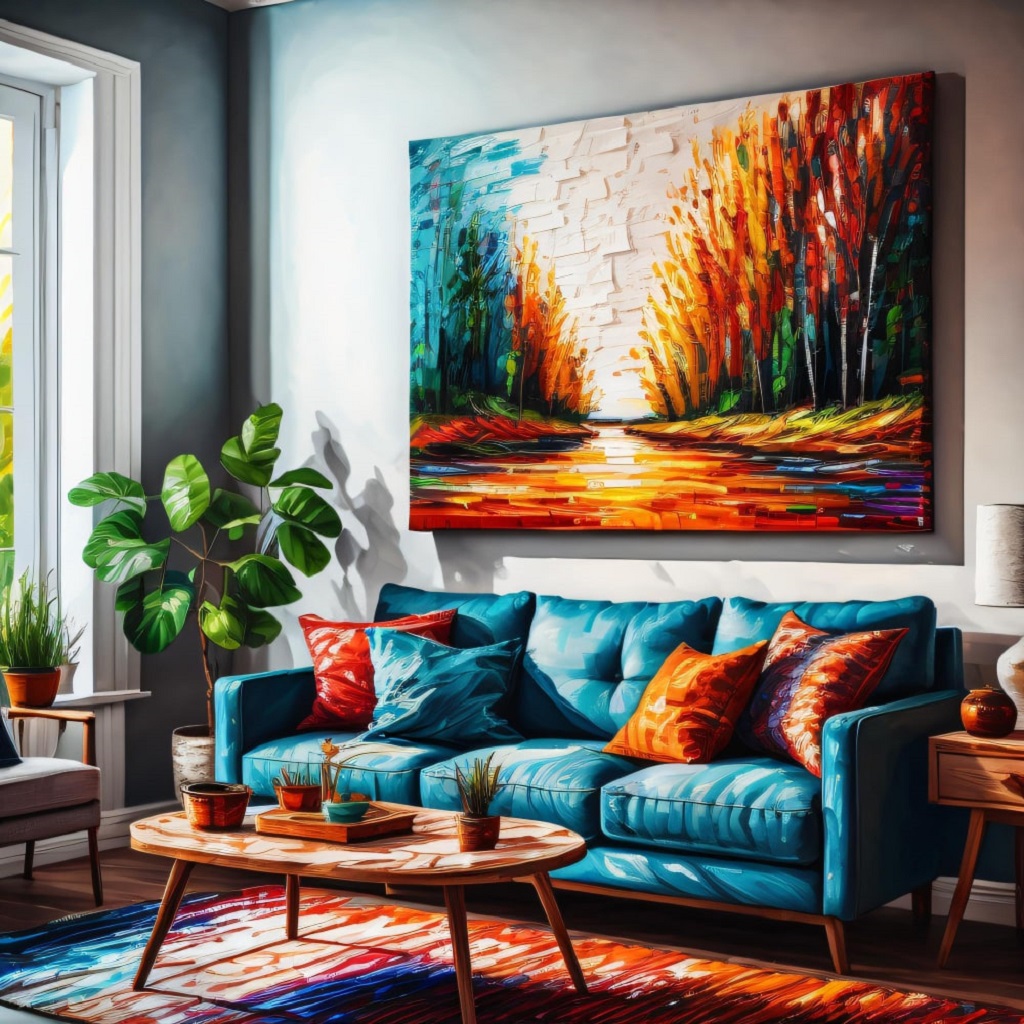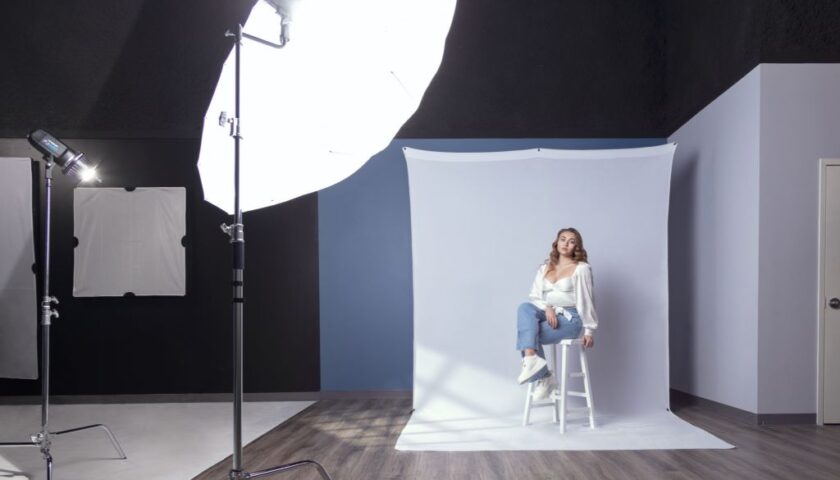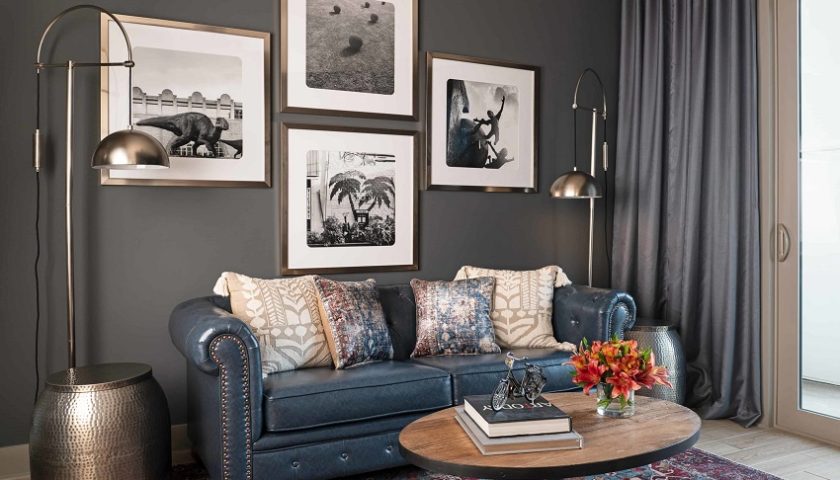Designing a space’s interior goes beyond furniture and fixtures; the color and finish of walls are foundational to a room’s ambiance. A fresh coat of interior painting harnesses the potential to breathe new life into a stale environment or infuse a space with personality and style. This comprehensive guide steers you through the nuances of selecting shades, applying paint, and incorporating trends, ensuring that each brushstroke contributes to a home that is both contemporary and comfortably timeless.
Key Takeaways:
- Understanding the history and materials involved in interior painting can inspire your design choices.
- The right paint, tools, and techniques are critical for a long-lasting, professional finish.
- Knowledge of color psychology helps create the desired mood in your home.
- Current trends can modernize your space while maintaining a timeless aesthetic.
History and Evolution of Interior Painting
From cave dwellings adorned with primitive pigments to modern-day homes showcasing an array of sophisticated hues, interior painting has endured as a form of personal and cultural expression. The millennia have witnessed materials evolve from lead-based concoctions to the advent of acrylic paints, synonymous with durability and ease of use. Acknowledging this rich tapestry of history empowers homeowners to make informed decisions rooted in a deeper appreciation of paint’s artistic and architectural significance.
Selecting the Right Paint and Tools
Refreshing your home’s interiors starts with identifying the perfect paint and tools. The choice between oil, latex, or acrylic paints directly affects drying time, longevity, and finish of the painting job. To navigate these options, arm yourself with high-quality brushes, rollers, and painter’s tape that can render the precision and polish seen in professional work. Gathering the proper arsenal of tools is a pivotal first step in achieving visual harmony on your walls. One should also contemplate the interplay between paint finishes and room functionality. With options from flat to eggshell and satin to glossy, each sheen offers unique advantages and aesthetic properties even for your exterior painting.
Color Psychology and its Influence on Mood
Different hues can craft an array of atmospheres—sky blue can imbue a sense of calm in a busy home office, while a bold terracotta might evoke warmth and coziness within a den. Grasping how colors influence mood enables painters to craft spaces that elicit specific emotions, transcending the aesthetic to make tangible impacts on daily life.
Current Trends in Interior Painting
Trends in interior painting mirror broader cultural shifts and innovations, acting as a barometer for contemporary design thinking. For example, minimalism has brought an affinity for monochromatic palettes, while maximalism encourages experimental mixes of patterns and pigments.
Professional Techniques for a Flawless Finish
Professional painters harness a myriad of techniques to deliver impeccable surfaces. Mastery of these methods, including back-brushing and feathering, is essential for eradicating roller marks and brush strokes. Painting requires patience and practice; repeated handling of the brush and roller deepens skills, ultimately culminating in a finished product that radiates meticulous craftsmanship.
Maintaining Your Painted Interiors
The endurance of a paint job is not solely reliant on the application; maintenance is equally as crucial. Regular cleaning, touch-ups, and attentive care stave off dullness and discoloration. A wall cared for with gentle cleansers and soft cloths can maintain its integrity and brilliance far longer than one neglected, ensuring the freshness of your paint for years to come.
Creative Ideas for Feature Walls and Accents
Feature walls and accents can establish mood, delineate spaces, and highlight architectural features with a singular swathe of color or distinctive technique. Whether opting for a stenciled pattern, a bold mural, or a textured finish, such elements become conversation pieces, imbuing individual taste into a room’s design language.
The Environmental Impact of Paint Choices
With environmental consciousness on the rise, eco-friendly paint options garner ever-increasing attention. Volatile Organic Compounds (VOCs) found in traditional paints pose health risks and environmental concerns; hence, choosing low-VOC or no-VOC alternatives represents a small but significant step toward sustainable living. Proper disposal techniques further mitigate the footprint of renovation endeavors, preserving the planet while beautifying our personal spaces.
Conclusion
In the final analysis, interior painting is a multifaceted endeavor combining history, psychology, and technology elements. Understanding the foundation leads to interiors that tell a story—one of personal style, comfort, and environmental mindfulness—whether you’re planning a do-it-yourself project or hiring professionals. The canvas of your home awaits a personal touch, ready to be transformed by the brush in your hand and the vision in your mind.



